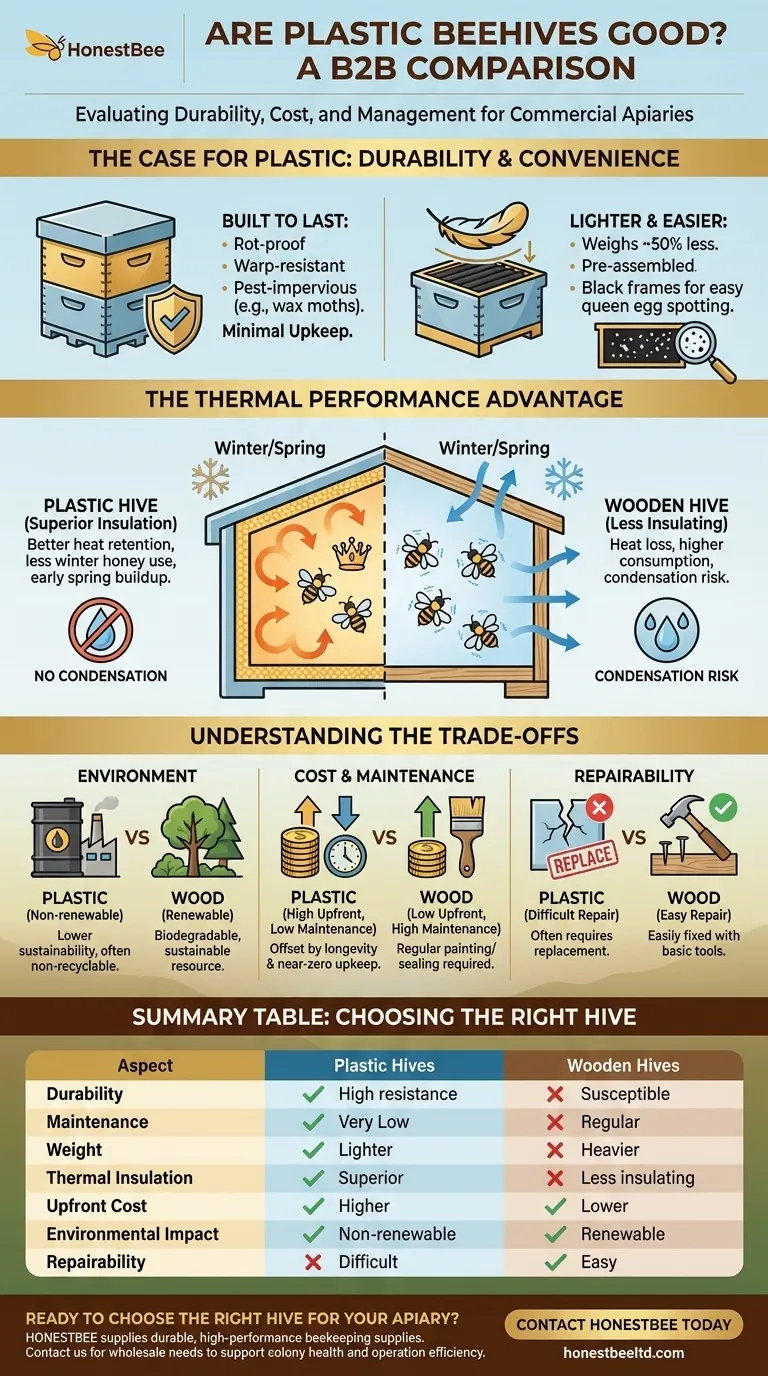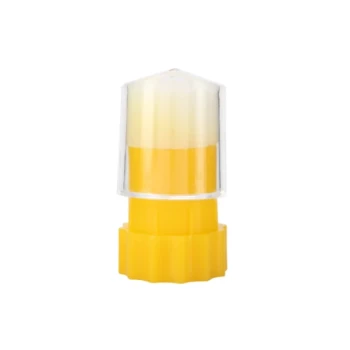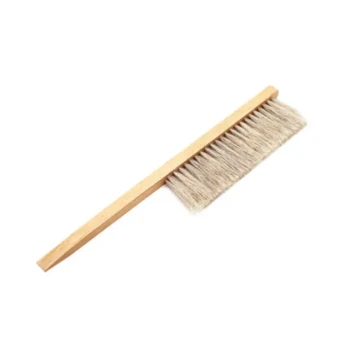Choosing between plastic and traditional wood beehives is a fundamental decision for any beekeeper, with significant implications for maintenance, cost, and hive management. Plastic beehives are an excellent choice for their superior durability, low maintenance requirements, and thermal insulation. However, they are not a universal solution and present trade-offs regarding environmental impact and upfront cost when compared to traditional wood.
The question isn't whether plastic beehives are "good," but whether their specific advantages—convenience and durability—outweigh their disadvantages for your personal beekeeping goals and philosophy.
The Case for Plastic: Durability and Convenience
The most compelling arguments for plastic hives center on their robust construction and ease of use, which directly reduces the beekeeper's workload.
Built to Last with Minimal Upkeep
Plastic hives are manufactured from durable, non-porous materials. This makes them resistant to the splitting, warping, and rotting that can plague wooden hives over time.
They are also impervious to pests like wax moths, which can cause significant damage to wooden frames and comb. This resilience means less time and money spent on repairs and replacements.
Lighter and Easier to Handle
Plastic beehives are generally lighter than wooden hives of the same size. A standard plastic hive may weigh half as much as its wooden counterpart, a crucial difference when inspecting, moving, or rearranging colonies.
This weight reduction makes beekeeping more accessible, especially for those with physical limitations or those managing large apiaries that require frequent hive manipulation.
Designed for Efficient Beekeeping
Many plastic hives come pre-assembled, eliminating the need for the building and painting required for new wooden hive bodies.
Furthermore, plastic frames are often molded from black plastic. This provides a high-contrast background that makes it significantly easier for the beekeeper to spot tiny white queen eggs, streamlining hive inspections.
The Thermal Performance Advantage
A hive's ability to regulate its internal temperature is critical for colony health, especially during winter and the crucial spring buildup.
Superior Insulation for Colony Health
Plastic is a poor conductor of heat, which means plastic hives offer better thermal insulation than wood. This helps the colony maintain a stable internal temperature with less effort.
In colder climates, this insulation can reduce honey consumption during winter and provide a warmer environment for the queen to begin laying in early spring, leading to a stronger colony.
Mitigating Condensation Risk
Proper insulation helps prevent condensation from forming on the inner walls and ceiling of the hive. Dripping, cold condensation is a major cause of bee mortality during the winter.
While a dedicated beehive cover is always recommended for moisture management, the inherent insulating properties of plastic provide an additional layer of protection against this threat.
Understanding the Trade-offs
Neither material is perfect. The advantages of plastic come with clear disadvantages that must be weighed against the benefits.
The Environmental Question
The most significant drawback of plastic is its environmental footprint. Plastic is non-renewable and often non-recyclable, making it a less sustainable choice compared to wood.
Wood, conversely, is a renewable resource. Wooden hives can be repaired, and at the end of their life, they are biodegradable.
Upfront Cost vs. Long-Term Maintenance
Plastic hives can be more expensive upfront than basic wooden hives. However, this initial cost is offset by their longevity and near-zero maintenance needs.
Wooden hives are less expensive to purchase but require regular maintenance, such as painting or sealing, to protect them from moisture and prevent rot, adding to their long-term cost and labor.
Repairability and Pests
While plastic is resistant to pests like wax moths, it is not indestructible. If a plastic hive component cracks or breaks, it generally cannot be repaired and must be replaced entirely.
Wooden hives are easily repaired with basic woodworking tools, and individual damaged boards can be replaced. They are, however, susceptible to moisture damage and pests if not properly maintained.
How to Choose the Right Hive for Your Apiary
Your decision should be based on a clear-eyed assessment of your priorities as a beekeeper.
- If your primary focus is low maintenance and durability: Plastic is the superior choice due to its resistance to pests, rot, and physical damage.
- If your primary focus is environmental sustainability and a lower initial cost: Traditional wood hives are the better option, provided you are prepared for their regular upkeep.
- If your primary focus is ease of handling and mobility: Lighter-weight plastic hives offer a distinct advantage, especially for those managing multiple colonies or who need to avoid heavy lifting.
Ultimately, the best beehive is the one that aligns with your beekeeping goals and allows you to provide a stable, healthy home for your colonies.
Summary Table:
| Aspect | Plastic Hives | Wooden Hives |
|---|---|---|
| Durability | High resistance to rot, warping, and pests | Susceptible to rot, warping, and pests if not maintained |
| Maintenance | Very low; no painting or sealing required | Requires regular maintenance (painting, sealing) |
| Weight | Lighter, easier to handle | Heavier |
| Thermal Insulation | Superior; better temperature regulation | Less insulating |
| Upfront Cost | Higher initial investment | Lower initial cost |
| Environmental Impact | Non-renewable, non-biodegradable | Renewable, biodegradable resource |
| Repairability | Difficult or impossible to repair; often requires replacement | Easily repaired with woodworking skills |
Ready to Choose the Right Hive for Your Apiary?
Whether you manage a commercial apiary or are a beekeeping equipment distributor, selecting the right supplies is crucial for success. HONESTBEE supplies durable, high-performance beekeeping supplies and equipment through our wholesale-focused operations.
We understand the unique needs of large-scale beekeeping. Let us help you equip your operation with the best tools for the job.
Contact HONESTBEE today to discuss your wholesale needs and discover how our equipment can support your colonies' health and your operation's efficiency.
Visual Guide

Related Products
- Professional Insulated Plastic Bee Hives
- Langstroth Bee Hives Bee Keeping Box for Beginners Beekeeping
- 7 x Auto Bee Flow Hive Frames Plastic Beekeeping Hive Box Supplies
- Yellow Plastic Bucket Pail Perch for Beekeeping
- 4 Frame Plastic Nuc Boxes for Beekeeping Bee Nuc Box
People Also Ask
- How much additional time does having more hives require? Master Efficient Apiary Management
- How does the longevity of plastic bee hives compare to wooden hives? Discover the Durable Choice
- What color should beehives be painted? The Best Choice for Hive Health and Honey Production
- What is the purpose of a bee box? A Complete Guide to Modern Hive Management
- What are the advantages of plastic bee hives? Boost Efficiency & Durability for Your Apiary



















